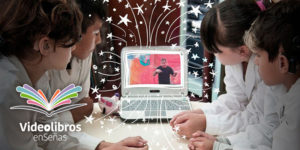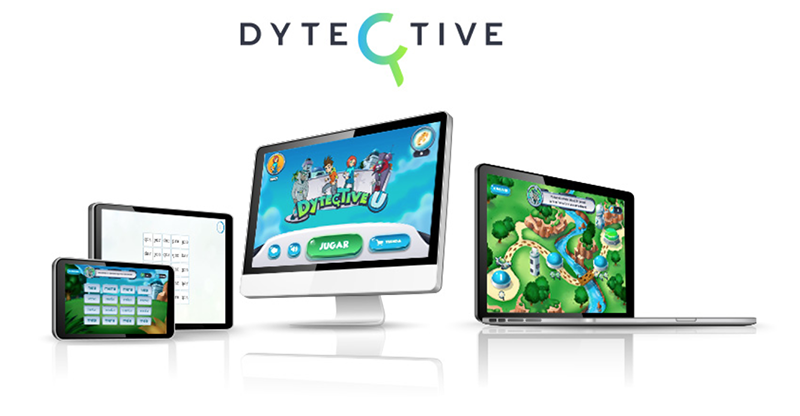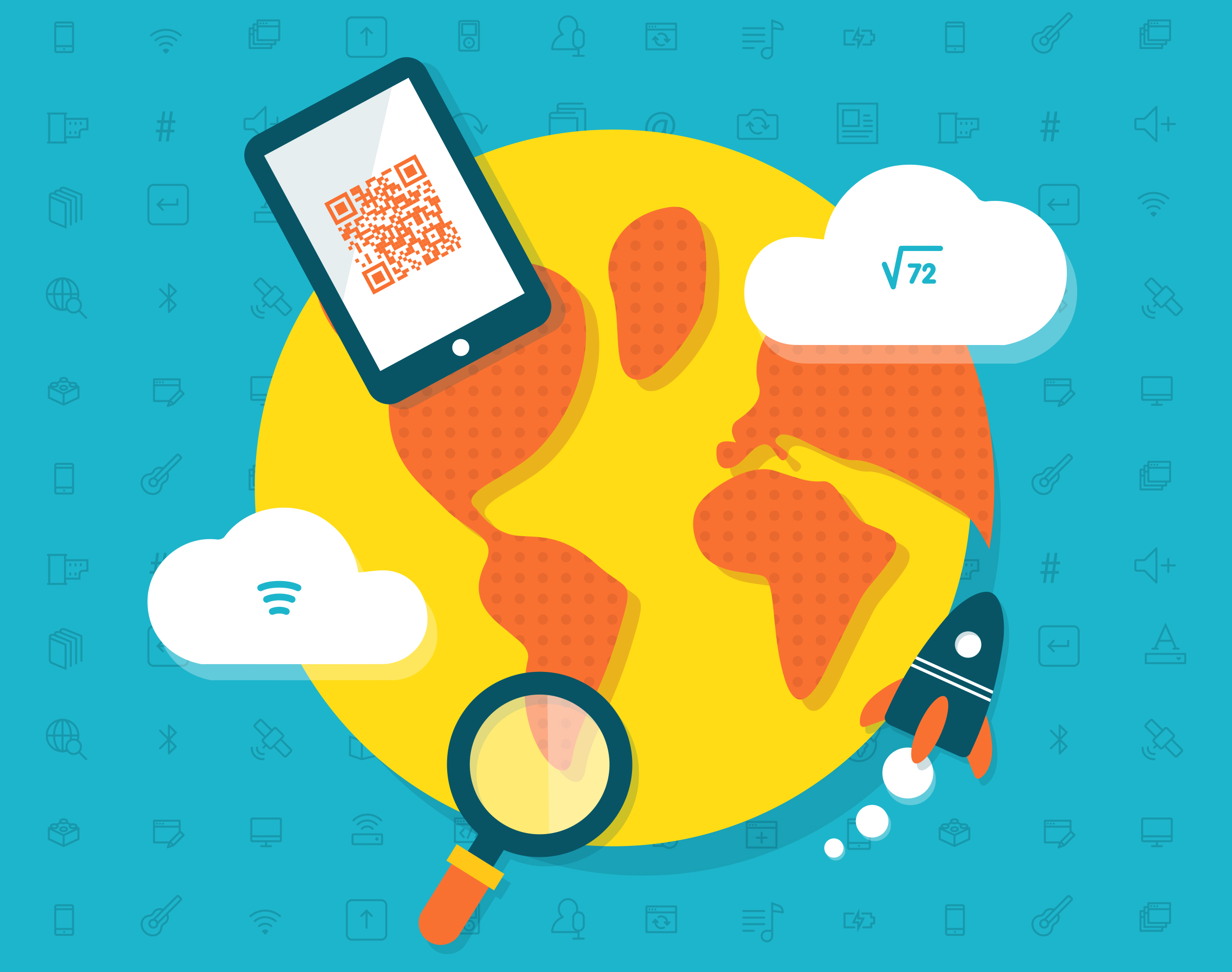Everyone, regardless of their origin or status, has the right to have access to education. However, people living with disabilities face a wide range of hurdles in the development of their education and life path.
They are by no means few in number and many are concentrated in vulnerable areas and countries. According to data from the World Bank (2021) in Latin America and the Caribbean alone there are about 85 million people with some type of disability (14.7% of the region’s population), and according to the WHO, nearly 80% of those with disabling hearing live in low- and middle-income countries. The presence of disability is higher in lower income families. One in five households categorised as extremely poor has a person with a disability, while seven out of ten households with persons with disabilities are likely to fall into poverty. In turn, in a vicious and perpetuating cycle of disadvantage and vulnerability, this group is more likely to face conditions of economic and social vulnerability that hamper their access to basic services, internet availability and digital devices.
In terms of education, the GEM 2020 report on inclusion and education issued by UNESCO and SUMMA for Latin America highlights that children with disabilities face greater difficulties in completing their education. Indeed, this group represents 15% of the out-of-school population, and young people aged 12-17 are 10% less likely to attend school than their non-disabled peers.
Faced with the need to promote greater opportunities for the effective inclusion of excluded groups, the project Videolibros enSeñas project, meaning “video books in signs”, from the organisation Canales Asociación Civil in Argentina, seeks to strip away the barriers faced by the deaf community in developing their learning, access and experience of reading. To this end, they have developed a free digital video library that brings children’s literature closer to deaf children and young people.
The library offers a varied catalogue of videos in which deaf people use sign language to read books and stories written in Spanish. The videos include voice-overs, so that a hearing audience can share the story with deaf people, and have the illustrated images of each book as a background.
When the barrier is access to language
The reading experience of children with hearing impairment is conditioned as much as by factors associated with language access as by a general lack of knowledge among the population about the cultural and linguistic characteristics of this group (Lissi et al., 2020). For Silvana Veinberg, head of institutional development and founder of the association Canales, responsible for Videolibros EnSeñas, these difficulties arise at birth: “95% of this population is born in households where everyone is hearing and does not know sign language. So, although communication develops between them, there is no proper linguistic exchange because they do not share a common language. If a young child does not learn a language, he or she does not develop a set of skills that go beyond the linguistic”
Deaf people who are late learners of sign language, their natural language, face obstacles in learning Spanish as a second language, which makes it difficult to access written culture and the tools necessary to develop reading skills. These factors limit deaf people’s relationship with reading, having an impact on their motivation and access to the literary world, as well as on the development of progressive competencies (Lissi, 2018).
The Videolibros proposal aimed to encourage shared reading between deaf and hearing people, in order to promote greater interaction and enrich experiences related to literature.
The pleasure of reading in Argentine Sign Language (ASL)

The origin of Videolibros EnSeñas stems from a project developed with families and schools of hearing impaired children in the province of Buenos Aires (2005). This project sought to foster play between parents and their children and included reading among its activities. Although the children did not read, Silvana remembers that they would go straight to the library to pick up books. This experience led to the development of research on reading practices with deaf families: “We corroborated the dissociation that exists between hearing impaired people and books. There were no books in the homes of deaf people, as they did not read stories. If no one reads to deaf children, they won’t want to read books. Then we started to think about how to bring reading more approachable, where a deaf child can read a book, so we thought about making books read by deaf people that could reach the children and that they could understand what the text said in their own language.
The first stage of this project, which led to the creation of the platform and the production of the first 15 video books, originated in 2009 thanks to the support of the IDB and its “A World of Solutions” contest. The Videolibros proposal aimed to encourage shared reading between deaf and hearing people, in order to promote greater interaction and enrich experiences related to literature.
Each video book consists of a translation of the original Spanish text into Argentine Sign Language (ASL), which is read by a narrator, maintaining the integrity of the original work. In addition, a voice-over narration in Spanish is included, allowing children and their hearing family members to follow the story. This experience is complemented by the support of the written text and illustrations, which give the book a physical dimension. To access these contents, all you need to do is sign up in the video library.
The team recognises the importance of meticulously designing the platform, including the selection of works and their adaptation to the video book format. This is because the barriers that deaf people face with regard to language and written culture can vary significantly from case to case. “Sometimes the stories are linguistically too complex for them, because they have not naturally acquired LSA. Often these children at the age of six don’t have a language. For this reason, some of the adaptations we make have to do with the linguistic level we are going to give to the texts, without modifying their content, because it is a reading,” says Silvana.
The project has been very well received by the families, who have expressed their gratitude. “We have received messages from parents telling us that now they can read to their children and share a story with them every night. They accompany their reading with a tablet or a mobile phone, but they have noticed a big change in the way they connect with books.” They have also received positive feedback from schools, although Silvana acknowledges that, in addition to access, the right mediation is needed in the process of learning to read.
To date, the platform has a catalogue of 89 books, organised into categories according to age and suggested topics. As of 2023, the video books have more than 8,350 active users and nearly 454,000 visits. The project has also received multiple recognitions, such as the WISE Award for Educational Innovation in 2015 and the Zero Project on inclusive education practices in 2020.
Through the development of partnerships with agencies such as UNICEF and the Ministry of Culture of Argentina, the video library has been able to increase its catalogue of works and diversify its offer of readings. It has also enabled Canales to advise on disability-related initiatives. They have also been able to expand their outreach in the region, offering video books read in sign language from Argentina, Nicaragua, Paraguay and Uruguay.
The potential of technologies and the construction of more inclusive spaces in Latin America
The GEM 2023 report on technology and education notes that digital solutions facilitate and diversify access to content, create more personalised and inclusive learning experiences, and facilitate communication and participation. The development of new accessibility features in common devices, such as phones and computers, has enabled people with disabilities to more easily access support tools at a lower cost.
The head of this project emphasises the importance of technologies in communication within the deaf community, pointing out: “The only form of recording that sign language has is video. Although it is not depicted graphically, we say that it is a written language, because it has the possibility of being recorded and read. This is where video becomes the supreme technology.” In addition, the experience of the Canales association shows that technologies also play a key role in supporting the learning of Spanish as a second language and in reducing costs for the implementation and mass dissemination of educational resources. This has been achieved through the creation of Videolibros and the implementation of various strategies that promote accessibility, awareness, education and training for teachers and learning mediators throughout Argentina.
However, there are still significant challenges to be faced in implementing inclusive technologies. The specialised training of teachers and families in the effective use of these tools is a pending task, as well as the need to reduce the prejudices that may exist around the use of these technological aids. There is also a need to generate more evidence to support the positive impact of these technologies on inclusion (UNESCO, 2023).
In Latin America, we note differences in the relationship with the deaf community. According to Silvana, “there are places where deaf people face more oppression than in Argentina, while in other countries, such as Brazil or Uruguay, significant progress has been made in this regard. There are also differences in the support provided by universities for the development of projects and education for deaf people. This education has a direct impact on building a more equitable society” Equally important is to recognise the need to incorporate new voices in education and employment: “There must be deaf professionals to take projects and policies forward, as they best understand the needs of their own community and can determine what is best for them.”






